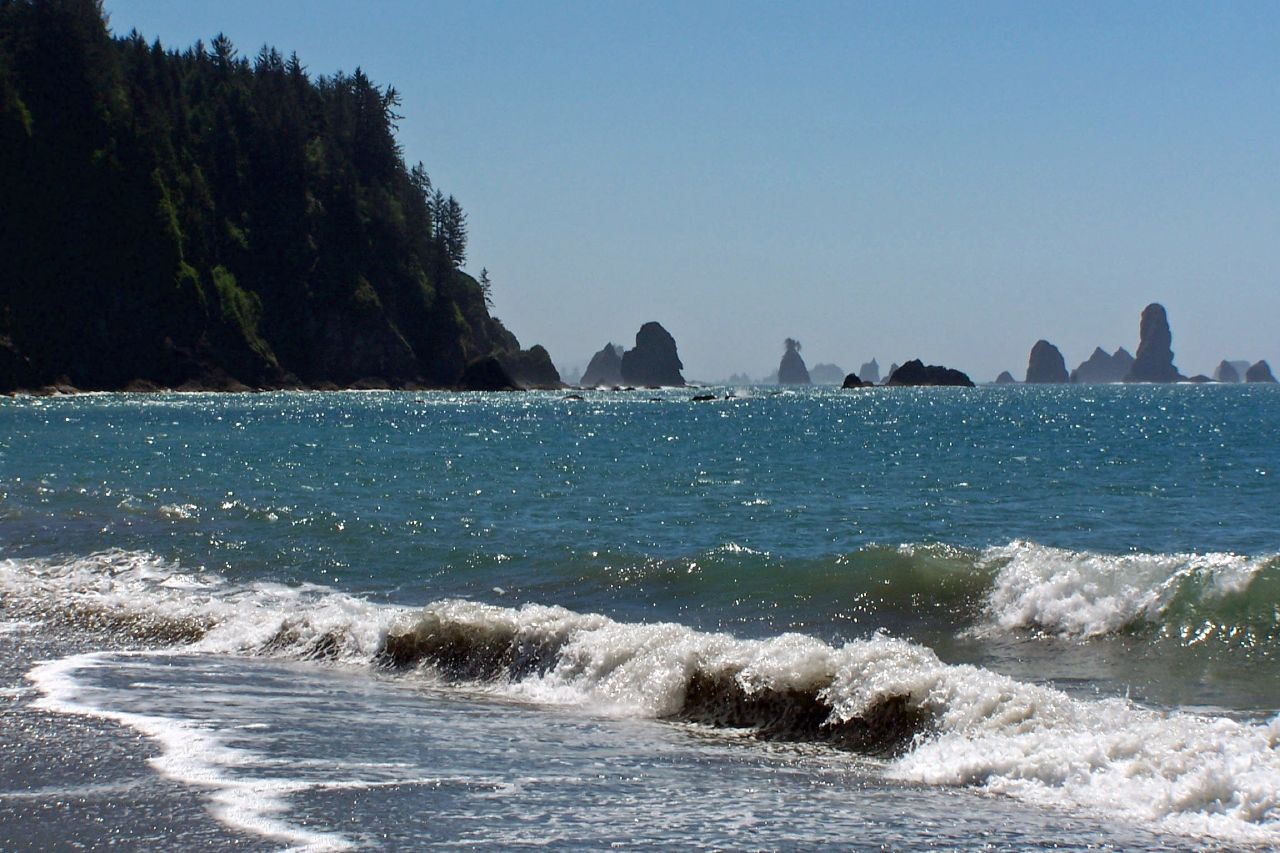Nuclear Accidents 21 - Washington State Department of Health Monitors the Washington Coast.
The Department of Health (DOH) for the State of Washington is responsible for protecting the public from environmental threats such as radioactive materials. They have a major presence at Hanford, monitoring the cleanup of the site and the operating Columbia Generation Station reactor that supplies about ten percent of the electricity to Washington residents and industries. They are also monitoring the Washington Pacific coast for radioactive contamination from the Fukushima disaster.
There was a spike in certain radioactive isotopes following the Fukushima disaster from fallout in the atmosphere. Once that spike subsided, the next concern was the debris that was crossing the Pacific from the tsunami that was triggered by the quake that hit Fukushima. DOH personnel have been walking the Washington coastal beaches investigating trash thrown up by the ocean. So far, the debris has no shown any radioactive contamination which makes sense because things swept out to sea by the tsunami would not have had time to be exposed to the radiation from the disaster. The major environment concern was that there were invasive foreign life forms attached to some of the debris.
DOH has been testing the ocean at several points off the Washington Coast annually since the Fukushima disaster for any evidence radioactive contamination carried by ocean currents but has not seem any. They have also been collecting clams and mussels from a number of beaches on the Washington coast several times a year since the Fukushima disaster and analyzing them for radioactive contamination. Radioactive materials can be drawn out of seawater and concentrated by aquatic plants and animals by a process known as bioaccumulation. So far, there has been no sign of radioactive contamination from Fukushima in the specimens collected. However, tuna caught off the California Pacific coast within six months of the Fukushima disaster did show radioactive contamination. The adolescent tuna from the Japanese archipelago migrate across the Pacific to the U.S. West coast as they mature.
Sophisticated oceanographic models developed for the currents in the Pacific Ocean suggest that radioactive isotopes spilling into the ocean from the ongoing problems at Fukushima will not reach the Washington Pacific coast until sometime in 2014. The models indicate that the dilution of the Fukushima ocean contamination may be sufficient that we will see very little or no rise in radiation in seawater off the Washington coast even after the water from Fukushima crosses the Pacific and arrives on our coast. The DOH will continue to monitor the seawater and aquatic organisms for any sign of such pollution.
The situation at Fukushima is still in a state of flux. There are three melted reactor cores under the Fukushima power plant which are being cooled with huge amounts of water. The groundwater is steadily rising and the tanks that have been hastily built to contain waste water are full. The Japanese are considering freezing the soil between the power plant and the Pacific Ocean in an attempt to prevent more contaminated water from entering the ocean. Hopefully, their efforts will succeed and the radioactive contamination of the Pacific Ocean will stop.
